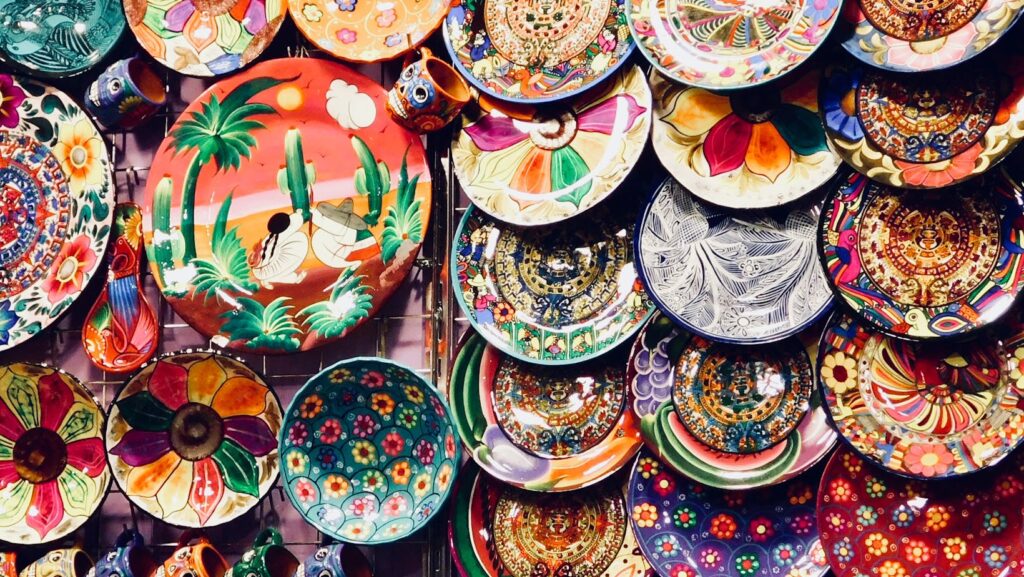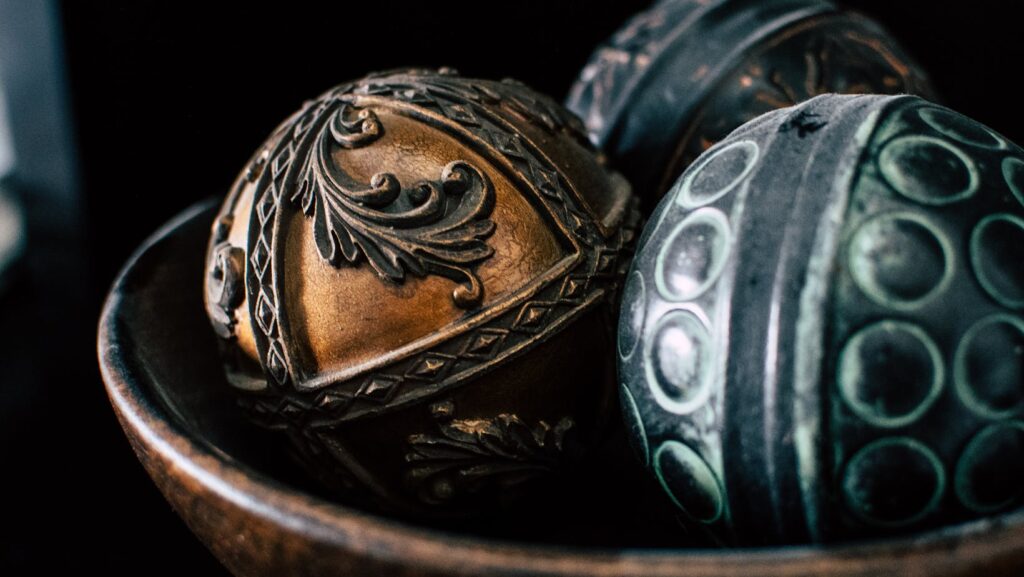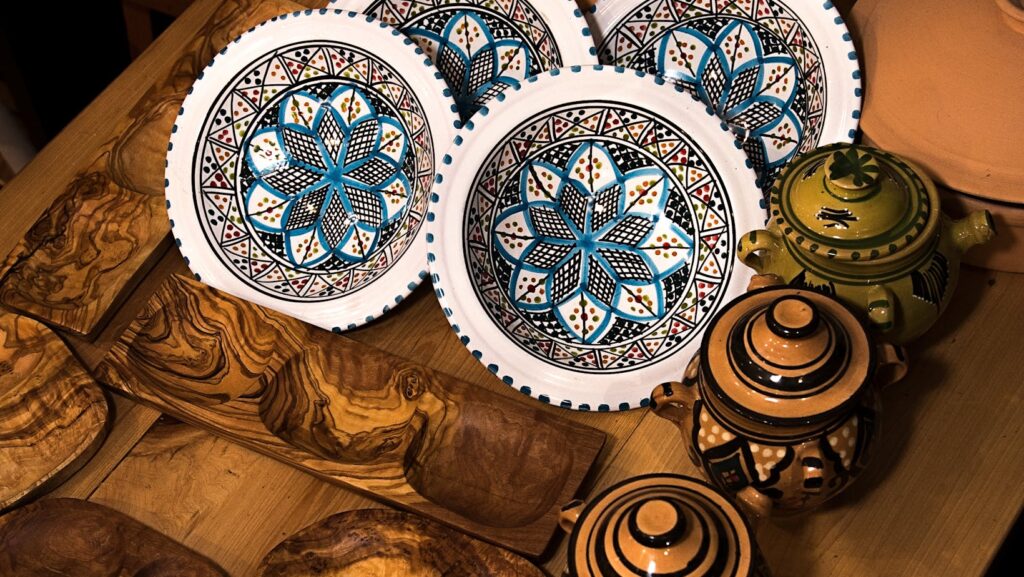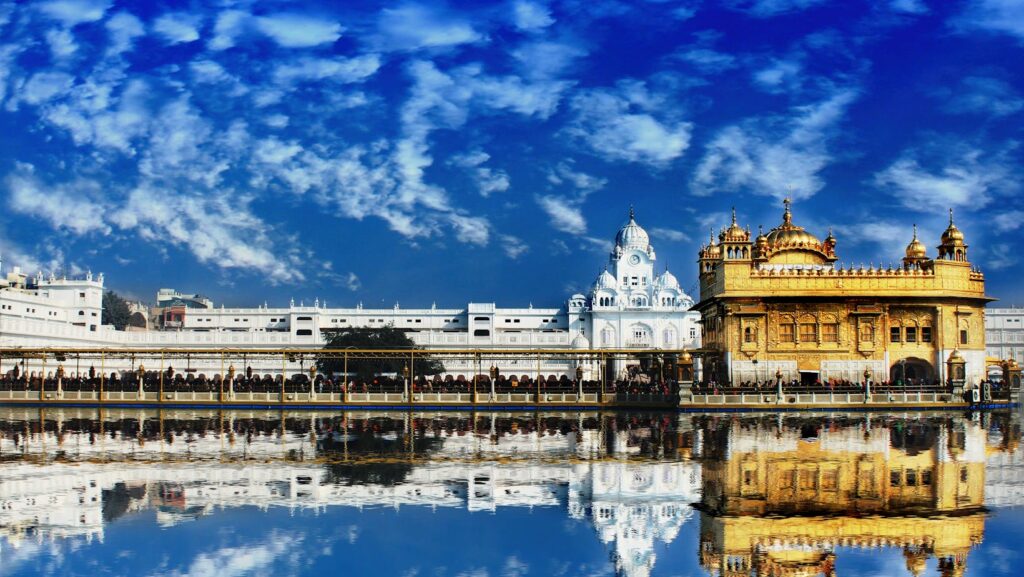Immerse yourself in a vibrant exploration of the intricate relationship between arts and culture. This dynamic duo has shaped societies, influenced ideologies, and sparked revolutions. The symbiotic relationship they share isn’t just fascinating, it’s integral to understanding our world and our place within it.
Relationship Between Arts and Culture
Unearthing the relationship between arts and culture yields a profound understanding of humanity’s essence. This section concentrates on the influence of culture on art forms and how arts reflect and shape cultural identities.

Cultural elements play a vital role in crafting art forms. Be it paintings, music, architecture, or dance, each exhibit influences from its originating culture. Take, for example, indigenous Australian art that is deeply rooted in the Dreamtime stories, symbolizing a tapestry of their spiritual beliefs formed over millennia.
Similarly, traditional Chinese music, marked by its pentatonic scale, reflects the philosophical ideologies of harmony, balance, and aesthetic hierarchy propounded by Confucianism and Taoism. Even architectural works like gothic cathedrals in Europe offer testament to the influence of Christian beliefs on design and construction. Across these examples, the impact of cultural values, practices, and ideologies on the creation of art is evident.
How Arts Reflect and Shape Cultural Identities
Just as culture impacts art, the reverse is also true. Art pieces have the power to mirror and mold cultural identities. For instance, through the poignant strokes of their masterpieces, artists like Picasso and Dali have mapped the evolving socio-political climate of their times, thus contributing to the affirmation and restructuring of cultural identities in their own distinct manner.

Furthermore, arts like hip-hop music have served as powerful platforms for marginalized communities to articulate their narratives and protest against systemic injustices. By doing so, they play a pivotal role in both mirroring and reshaping the cultural identities of these groups, affirming arts’ transformative potential in society.
In a nutshell, arts and culture share a reciprocal relationship. Cultural elements inform the creation of art while art, in turn, challenges, mirrors, and shapes cultural identities over time.
Economic Aspects of Arts and Cultural Interactions
The Role of Arts in Cultural Tourism and Economic Growth
Art breathes life into cultural tourism, attracting globetrotters and curiosity-seekers alike to different corners of the world. Iconic art pieces like the Mona Lisa in the Louvre or the murals of Diego Rivera in Mexico City pull in millions of visitors each year, bolstering the tourism industry. This influx of tourists generates tremendous economic momentum, directly impacting city revenues and employment opportunities.
In 2019, a report by the U.N. World Tourism Organization noted that cultural tourism accounted for nearly 40% of all global tourism. With such a significant contribution, it’s evident that arts and culture are potent levers that drive economic growth in countries worldwide, reinforcing the assertion of their multifaceted role in society.
Funding and Patronage: Sustaining Art in a Cultural Landscape
Yet, arts and culture are not entirely self-sustaining entities. They require tangible support through funding and patronage. Usual sources include government grants, private philanthropy, or corporate sponsorships – all determined by the cultural preferences and economic conditions of a given society.

It’s pivotal to maintain this symbiotic relationship between arts and culture, and their patrons. Without adequate financial backing, the fragile existence of arts and culture may dwindle, curtailing their ability to reflect society’s nuances and changes, as they’ve done historically.
Thus, to ensure the continual interconnected dance of arts and culture, maintaining a healthy economic environment for their growth and sustenance proves equally essential as appreciating their historical relevance and aesthetic appeal.
The Economic Impact of Arts and Culture
It’s clear that arts and culture aren’t just about aesthetics—they’re integral to our economy too. Their dual role, as both drivers and dependents of economic growth, underscores their importance. Iconic artworks aren’t just for admiration, they’re tourism magnets that boost city revenues significantly. Yet, they can’t thrive without financial backing from government grants, philanthropy, and sponsorships.



